On July 6, 2025, Ukraine and Russia exchanged hundreds of drone strikes, disrupting air travel and escalating their ongoing conflict, while Ukraine announced new partnerships to ramp up unmanned aerial vehicle (UAV) production. Ukrainian President Volodymyr Zelenskyy revealed deals with European allies and a major U.S. defense firm to produce “hundreds of thousands” more drones this year, strengthening Kyiv’s aerial capabilities.
New Production Agreements
Zelenskyy highlighted agreements with European partners, including a specific deal with Denmark to co-produce drones and other weapons on Danish soil.
“Ukraine had struck deals with European allies and a leading US defence company to step up drone production,” he stated in his nightly video address, though he did not disclose the U.S. company’s name.
These partnerships aim to enhance Ukraine’s drone arsenal, which includes first-person view (FPV) and long-range models critical for reconnaissance and strikes. Ukrainian manufacturers can now produce up to 4 million drones annually, with FPV drones costing around $400 and long-range models at $200,000, offering a cost-effective edge over U.S. systems like the Switchblade 600, priced at $100,000.
Drone Warfare Intensifies
The weekend’s drone exchanges underscored the growing role of UAVs in the conflict. Russia launched Shahed-131/136 drones, damaging port infrastructure in Mykolaiv, including warehouses and power grids, though no casualties were reported, according to Governor Vitaliy Kim. In Kyiv, three civilians were injured, and in Kharkiv, at least two were harmed.
A devastating strike in Kostyantynivka killed a married couple in their car, part of a broader attack that left four civilians dead and one injured. Ukraine retaliated with strikes on Russian targets, including six drones targeting Moscow and two near St. Petersburg, causing temporary airport closures at Sheremetyevo and Pulkovo, with dozens of flights delayed, per Russia’s civil aviation authority.
Technical and Strategic Implications
Ukraine’s drone advancements include innovative designs like the Wild Hornets’ air-to-air interceptor FPV quadcopter, capable of reaching 36,000 feet (11 kilometers) for high-altitude reconnaissance. Such technologies enable cost-effective surveillance and interception of Russian drones, like the Shahed-136, now mass-produced domestically by Russia after Iran transferred production technology.
These developments highlight a shift toward affordable, scalable drone warfare, reducing reliance on expensive traditional systems. However, the increased frequency of short-range drone attacks has raised civilian casualty concerns, with the UN reporting 395 civilian deaths and 2,635 injuries from such strikes between February 2022 and April 2025.
Geopolitical Context
The escalation coincides with diplomatic efforts to address the conflict. French President Emmanuel Macron’s upcoming UK state visit and the 37th Franco-British summit on July 10, 2025, will focus on strengthening defense ties and exploring a “reassurance force” for Ukraine post-ceasefire, alongside strategies to pressure Russia for an unconditional ceasefire. These discussions reflect broader international support for Ukraine’s sovereignty and its push to bolster drone capabilities as a deterrent.
Industry Outlook
Ukraine’s production deals signal a maturing drone industry, leveraging Western technology to counter Russian advances. For drone professionals, this underscores the importance of scalable, cost-efficient UAV designs. As both nations refine their drone strategies, the global UAV market may see increased demand for affordable, high-performance systems, potentially reshaping military and commercial drone development.
Discover more from DroneXL.co
Subscribe to get the latest posts sent to your email.

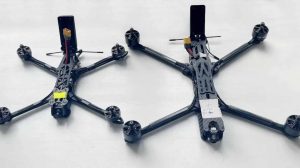
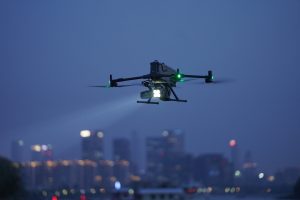

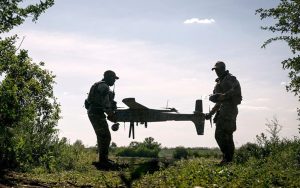

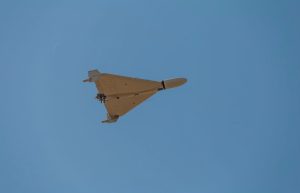

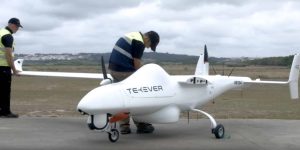
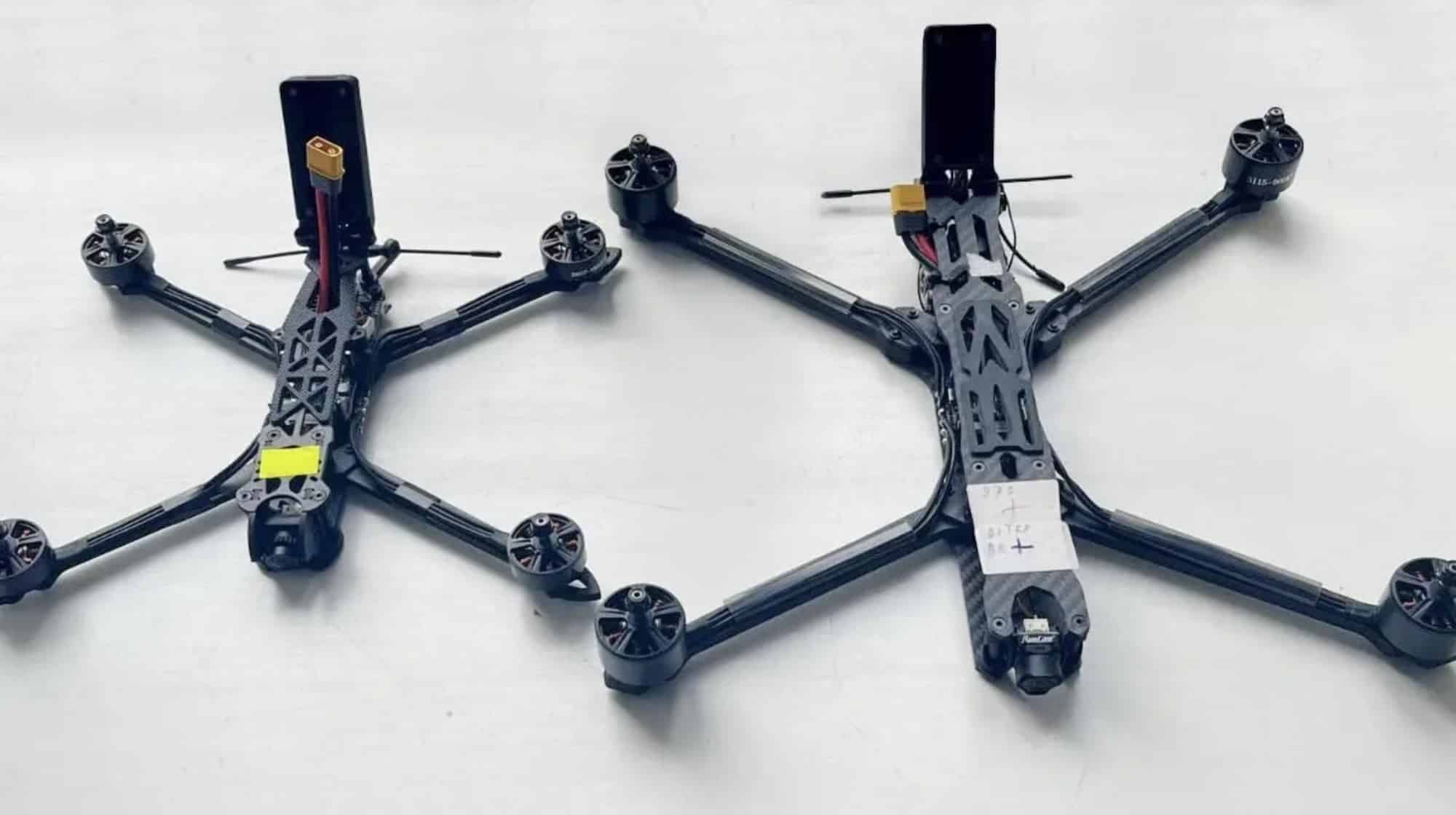

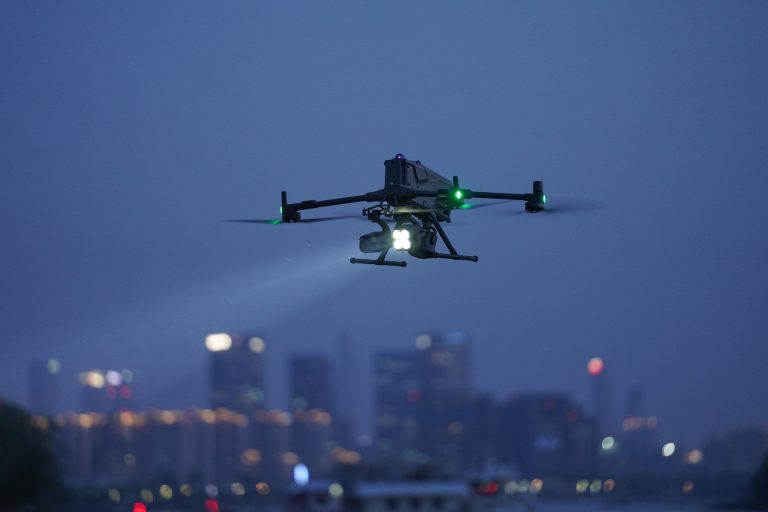
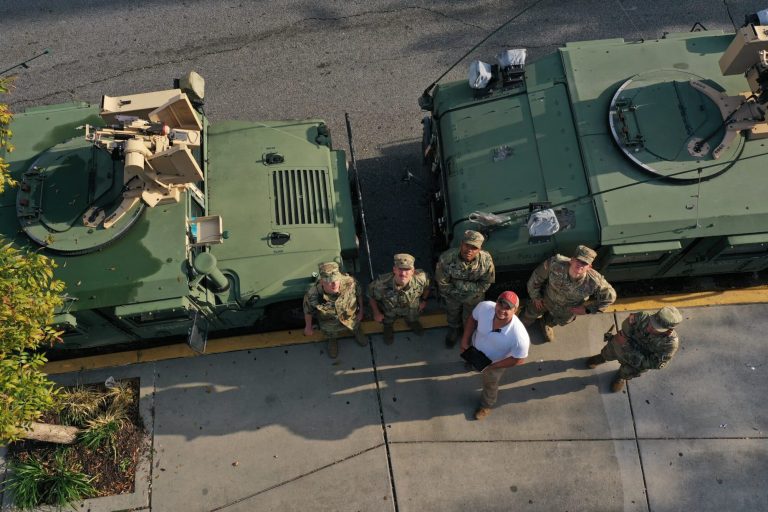
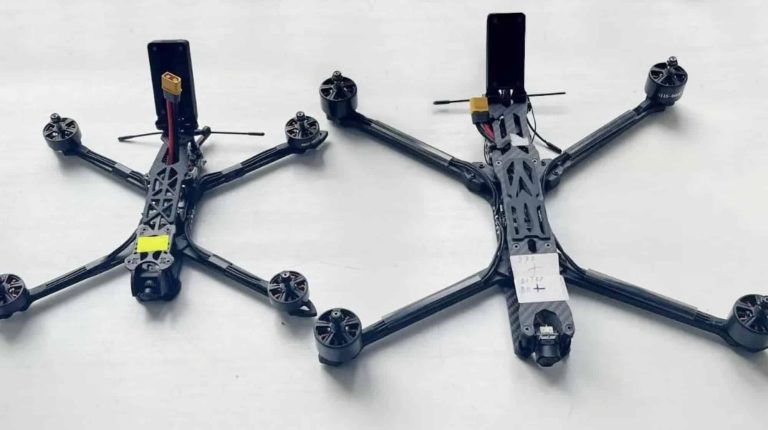
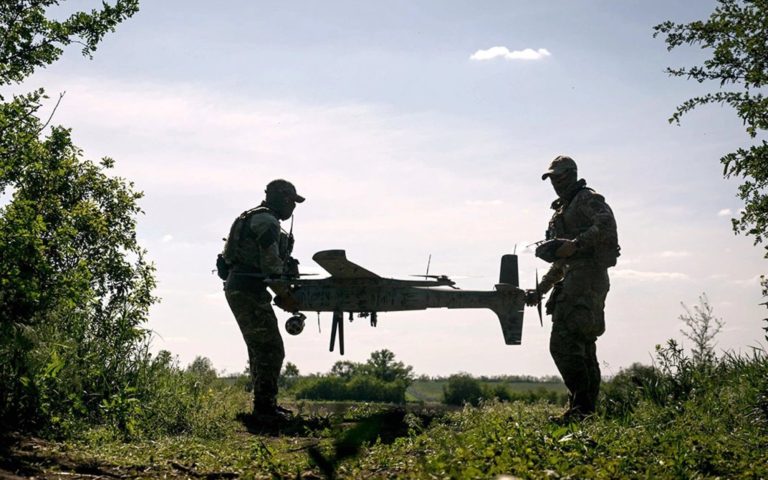
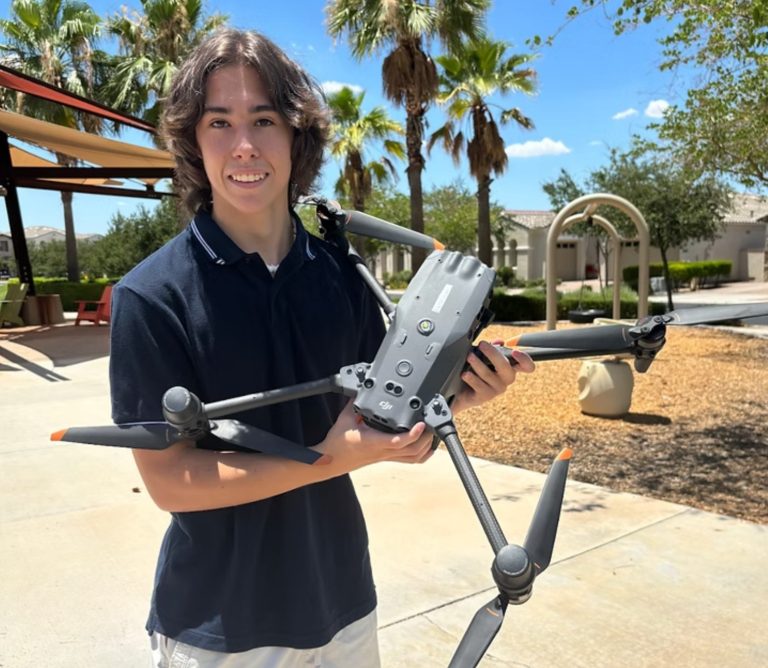
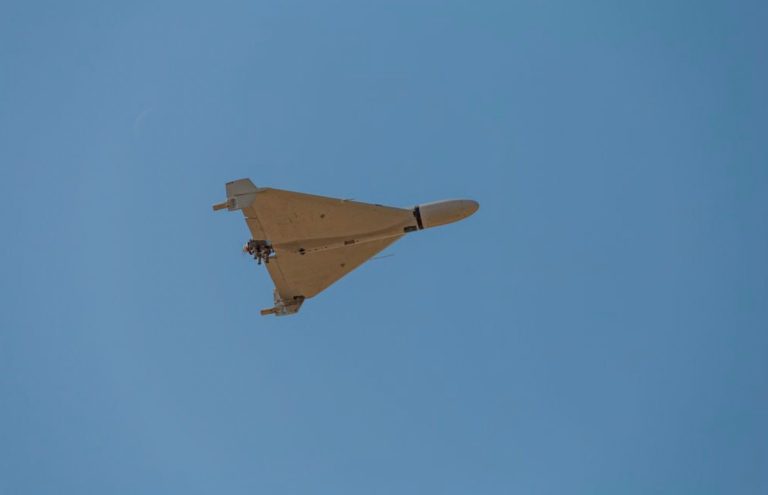
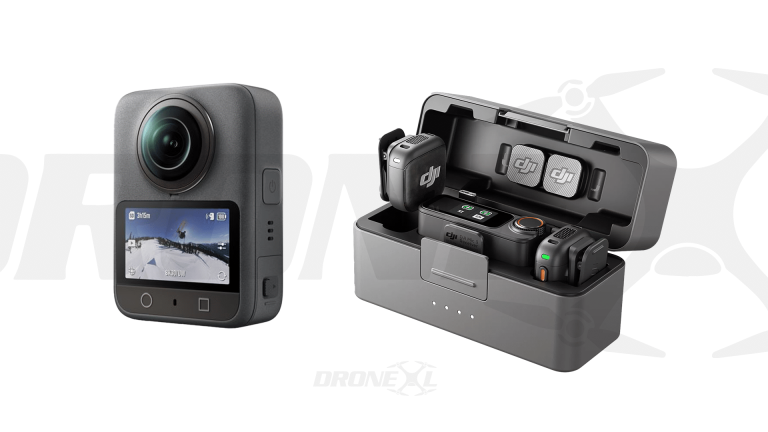
+ There are no comments
Add yours